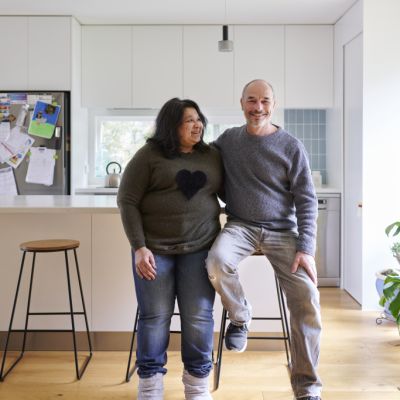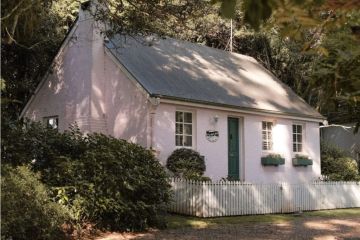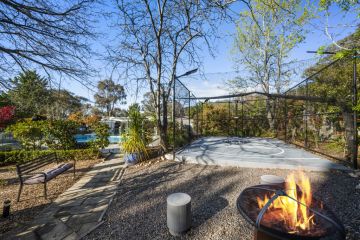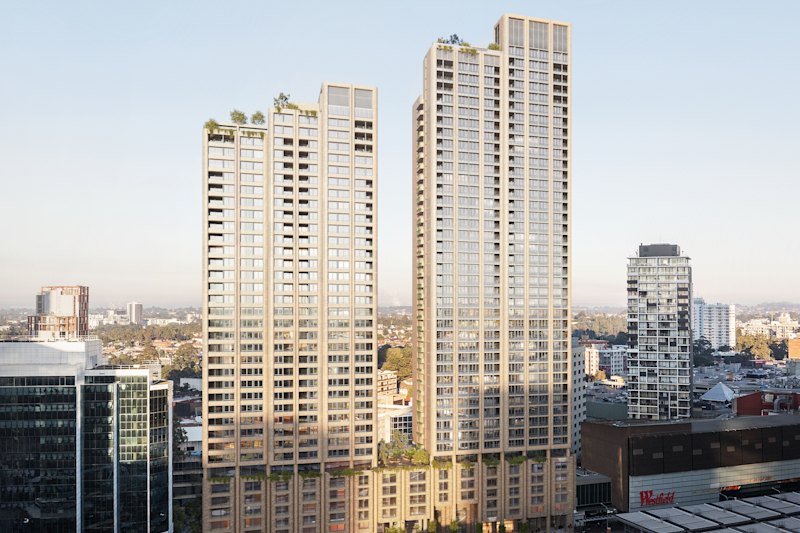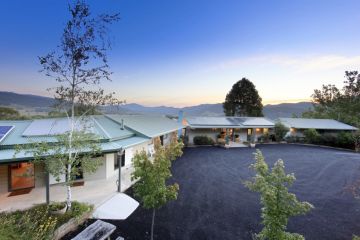Do Canberrans care more about big houses than sustainable living?

As the pandemic locked families inside their homes, an extra bedroom to convert into a study for working-from-home needs became increasingly popular, but are bigger homes more important to buyers than living sustainably?
The new Domain Sustainability in Property Report has revealed the number of bedrooms in Australian homes has increased from 3.41 to 3.56 in the last decade.
Of all states and territories, the ACT had the highest average number of bedrooms at 3.69, followed by NSW at 3.66 and Queensland at 3.62.
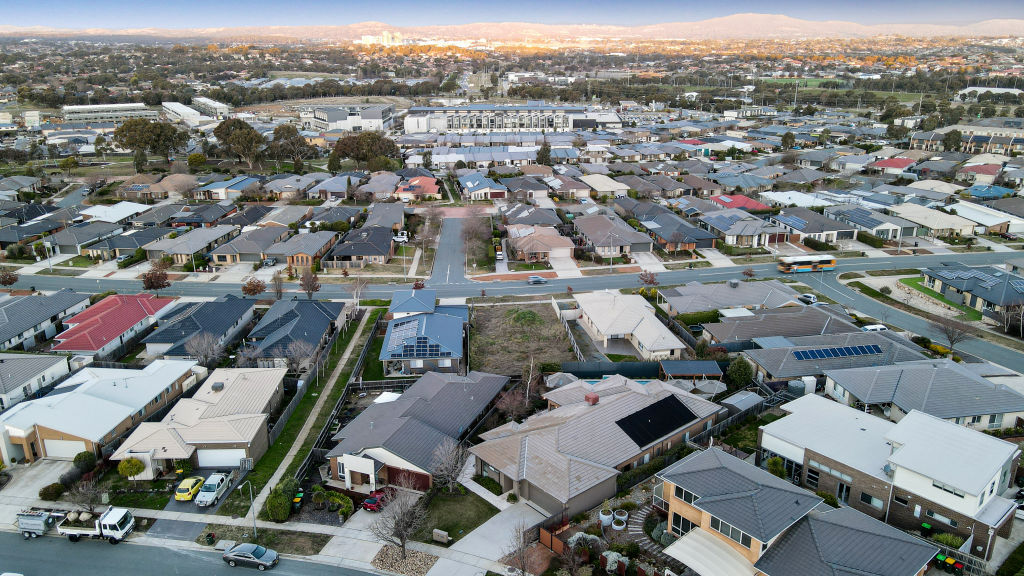
Domain chief of research and economics Dr Nicola Powell said the size of a home was an “important aspect to consider when the size-to-occupant ratio becomes drastically disproportionate”.
“A large house can be considered green, [but] how environmentally friendly is a five-bedroom home for two people?” she said.
“Rightsizing our homes should be encouraged, as a correctly sized home is likely to be a more sustainable one.
“This places our environmental footprint into focus, irrespective of how green a home is.”
While the number of bedrooms in a home has increased, the number of people living within them has remained steady, Powell added.
“The data proves many of us are living in homes that exceed our needs, which has been exaggerated throughout the pandemic,” she said.
“Not only do we have sizable homes, [but] many of us are not living in dwellings that suit our current needs.”

Canberra architect Reine Williams from Tranquil Architecture said there was more than one benefit to rightsizing your home, further than just living sustainably.
“For me, [rightsizing] is also about the fact that every square metre costs money, not only to build but also to heat and cool and clean,” she said.
“We try to make sure that we give [clients] enough space to live in, but also optimise that space so that there aren’t loads of hallways and dead spaces in the design.
“It’s about making sure that if you are using square meterage in a house that it is functional, and that it all has a purpose.”
Optimising the use of space can save significant amounts of money on heating and cooling, and therefore reduce the carbon footprint and cost of a home.
While rightsizing mostly concentrates on the number of rooms in a dwelling, it is also about reducing the volume of air in sizable properties, Williams added.
“High ceilings are really popular, but what people don’t realise is once you get high ceilings you’re just having to heat and cool that much more air in your house all the time,” she said.
“Canberra has the largest houses in the country… there are houses with five or six rooms getting built, and you wonder if there are really that many people living in them.
“It’s a very important step to take for sustainable living.”
We recommend
We thought you might like
States
Capital Cities
Capital Cities - Rentals
Popular Areas
Allhomes
More
